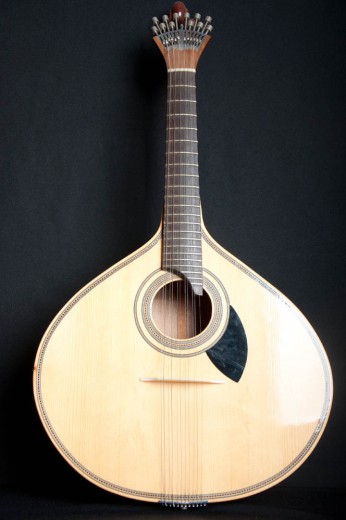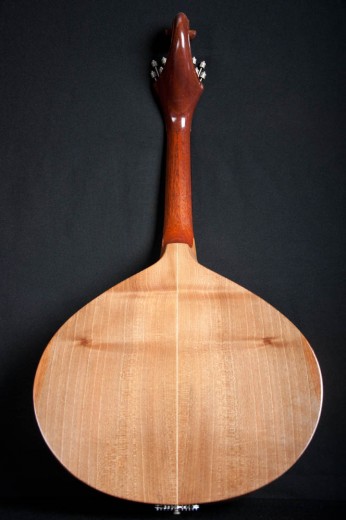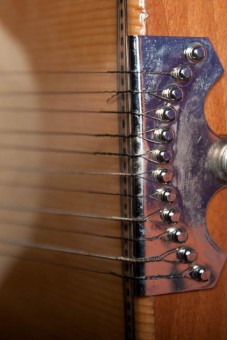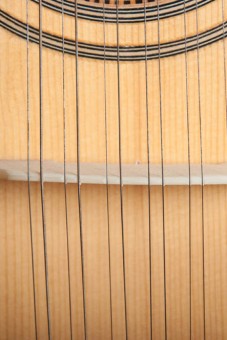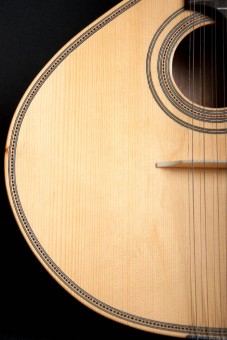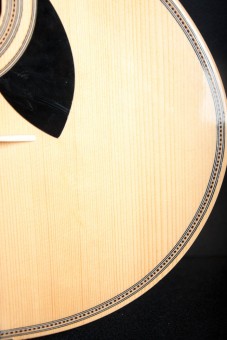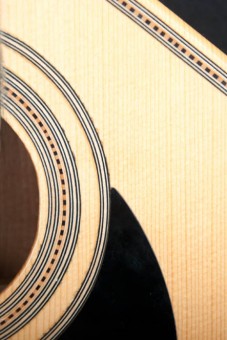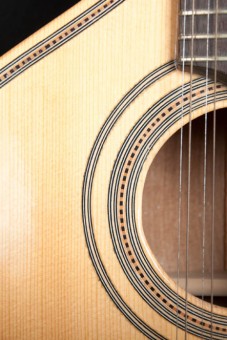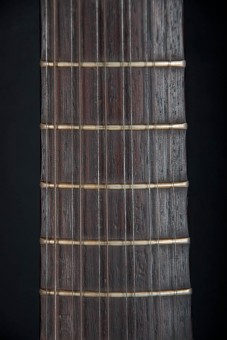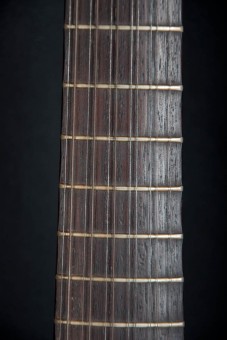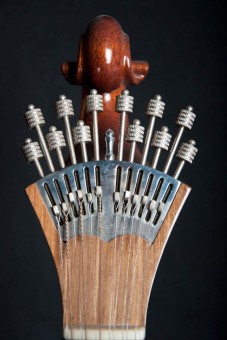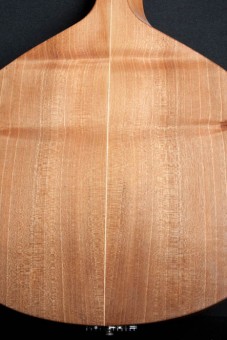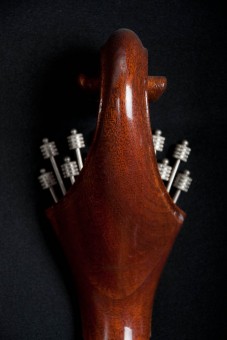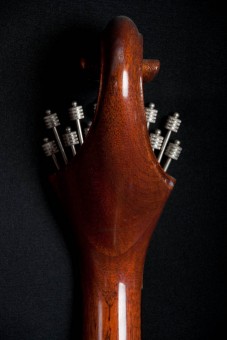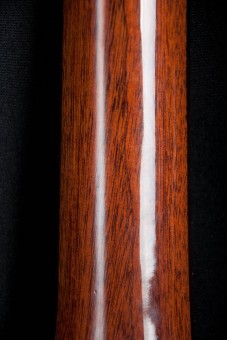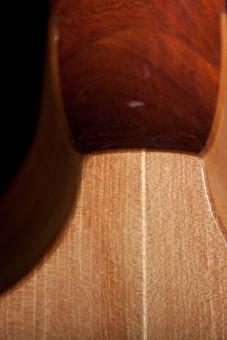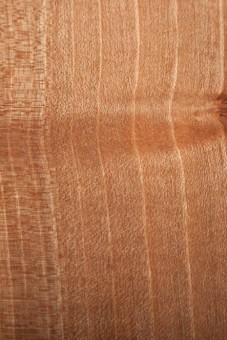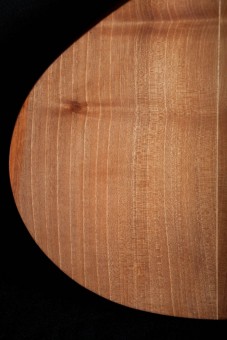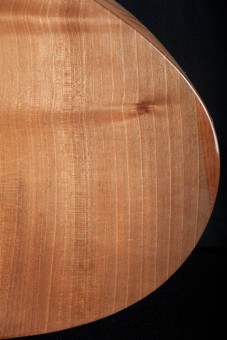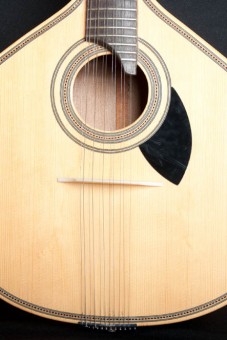
Lisboa Guitarra Portuguesa
The Portuguese guitar, a descendant of the English ‘Cittern, which in turn evolved from the medieval ‘Citole, is a very ancient instrument with a long and interesting history.
It was seen as a noble instrument and right up to the 19th century was only allowed to be played in the royal courts of Europe, and so it had names in every European country. In the 19th century it lost favour in the courts and its use migrated to theaters, barbershops and taverns.
It was played with the thumb and forefinger, the strings being struck with the corner of the nail for a hard bright sound. In modern times it is played with a plectrum.
There are two model variations, the Lisboa and the Coimbra, the Lisboa having a scale length of 445mm, and the Coimbra 470mm. Historically they were tuned to natural tuning ‘C’, but modern players generally tune to ‘E’.
Watch key or Preston tuners (sometimes called fan tuners)
Very rounded fret board
Bone bridge and nut,
Solid spruce top,
Wenge fingerboard,
Scale length 450mm,
22 frets.
$2000
